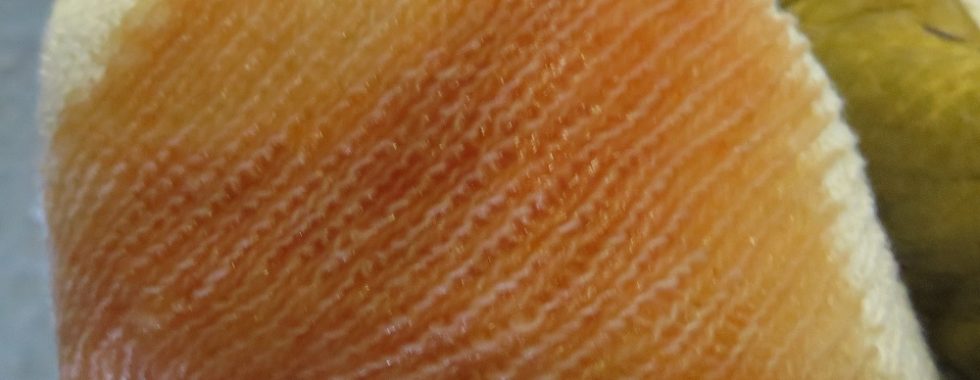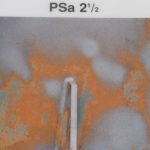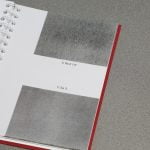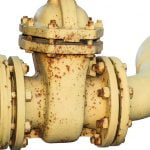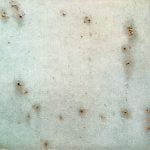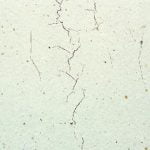Testing times continued…
In the latest in our series on field tests and laboratory analysis, we cover solvent tests used to distinguish between convertible and non-convertible coatings.
Testing is important for checking and assessing coatings and can involve a variety of techniques. Non-convertible coatings harden or dry due to the evaporation of solvents only. No chemical changes occur in the resins when a non-convertible coating transforms from a liquid to a solid state. Once applied, non-convertible coatings can be re-dissolved in the solvent from which it was deposited or a solvent with similar solvency power.
Non-convertible coatings are generally single part and dry by solvent evaporation only (with the exception of moisture-cured urethanes which react with moisture in the atmosphere). Examples include Chlorinated Rubber, Acrylated Rubber, Vinyl and Bitumen.
Convertible coatings can be a single part material, e.g. alkyd, epoxy ester, or two-part e.g. epoxy, polyurethane which when applied and cured cannot be re-dissolved in their own solvents.
This allows a simple solvent test to be undertaken to establish if the coating is convertible or non-convertible – a clean cloth is soaked in the solvent and the surface of the coating rubbed to assess if it dissolves onto the cloth. Note that there may be some slight transfer of pigment to the cloth in this instance. However, this is not in itself, indicative of dissolution of the coating binder.
A similar test can also be used to establish if a two-part coating has been incorrectly mixed. The two-part coating solvent would be used for this test. For further information on test kits and field tests, refer to Fitz’s Atlas of Coating Surveys at https://fitzsatlas.com/

